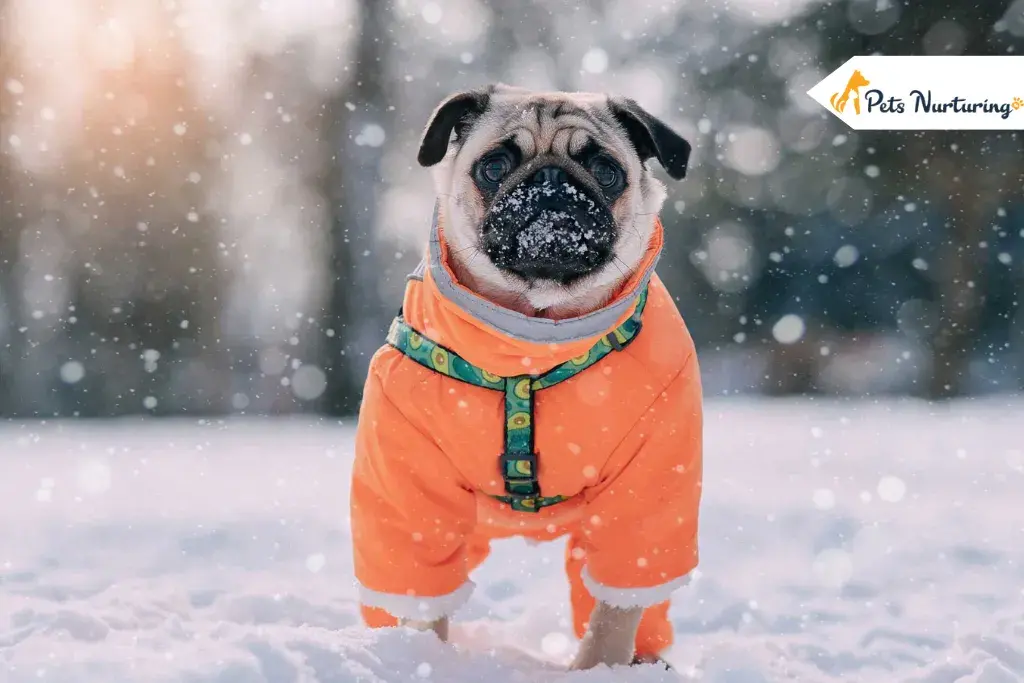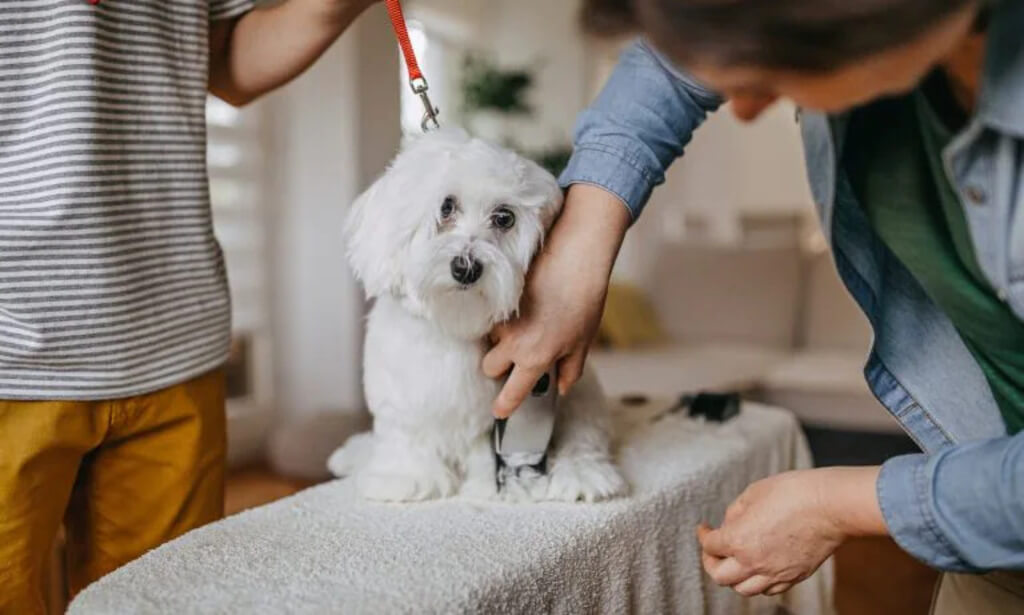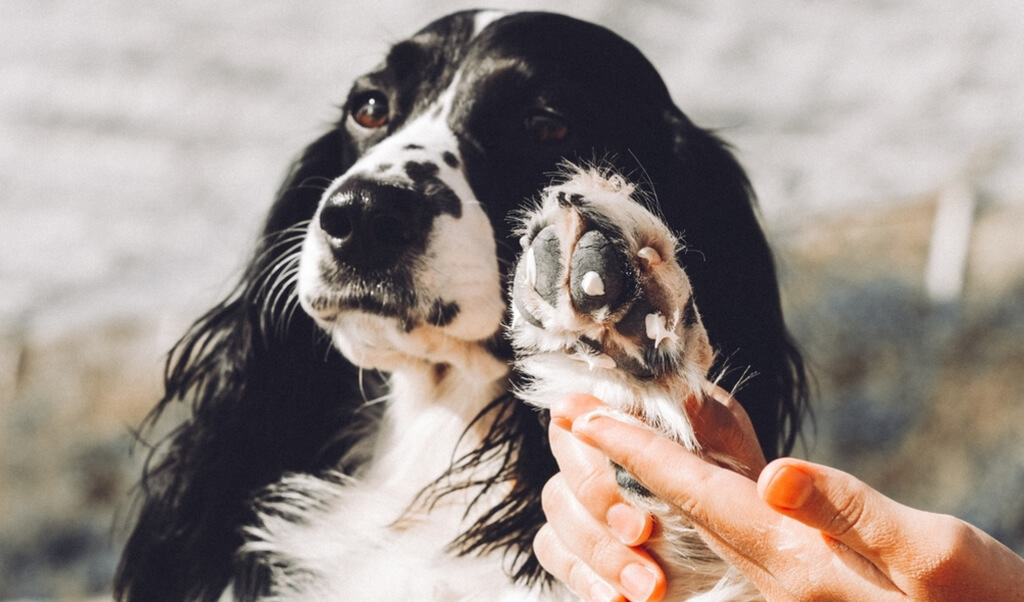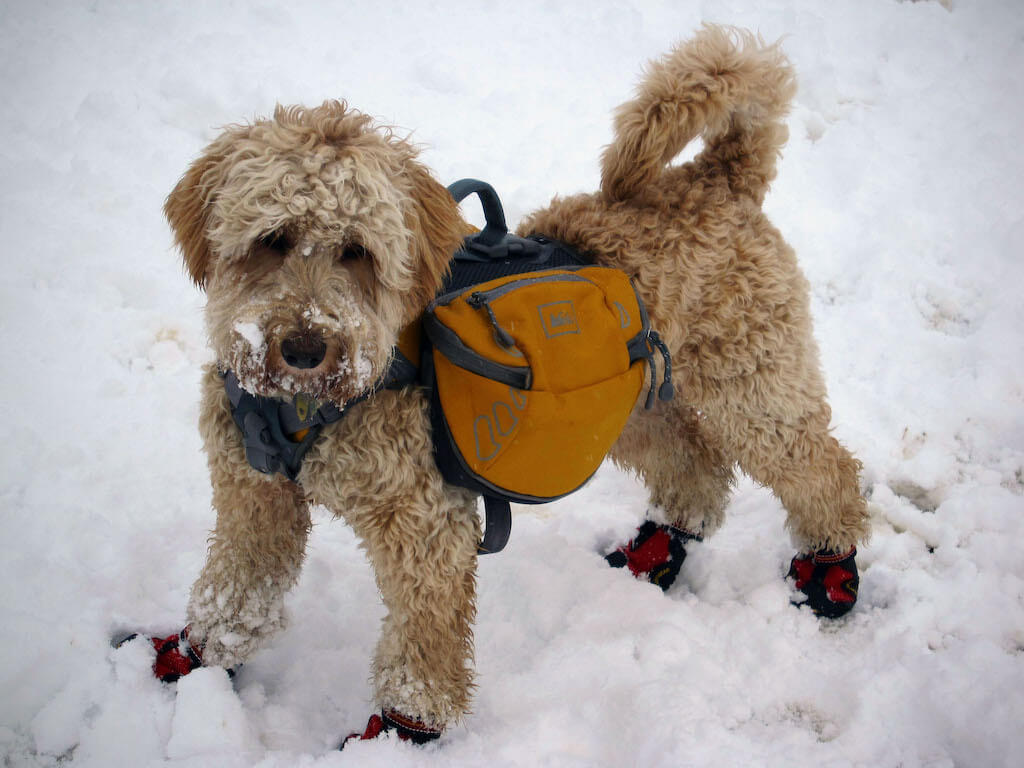
When temperatures drop, your dog is often the first one to notice. While they may love jumping on the snow and are fascinated by the snowfall, they can experience some discomfort without proper care. In fact, even a simple winter walk can become dangerous. For example, most anti-freeze liquids poured on the sidewalks are toxic to pets. If your dog licks this off of their paws or the pavement, it will likely negatively affect their health. Here we have some ways to keep your pup warm.
Many new dog owners may not be aware that dogs are also vulnerable to low body temperature conditions like frostbite and hypothermia. If you suspect frostbite or hypothermia has occurred, be sure to relocate your pup to a warm dry place and contact your veterinarian. In the event these conditions do set in, blood and urine tests may be necessary to check for organ damage.
There are some common tell-tale signs that your dog is feeling colder than normal. A dog’s tolerance to cold weather will no doubt vary based on breed, size, age, etc., you should be aware of and look out for, excessive trembling tucked tail, or hesitancy to move or touch the ground with their paws. Also, use your own hand to feel the temperature of their ears and nose. If either is very cold to the touch, this would be a sign your dog is uncomfortably cold.
There are a number of dog breeds that are better suited for cold weather, such as Alaskan Malamutes, Bernese Mountain Dogs, and Saint Bernards. These breeds do maintain thick coats to protect them in snowy conditions and cold climates, but even they can struggle if left outside for too long.
With this said, if your pup doesn’t share these characteristics that fall into the categories of a mountain or snow dog, you’ll want to consider precautionary measures. Even large dogs like Doberman Pinschers, Great Danes, Bulldogs, and many others indeed have trouble staying warm and should not be exposed to extended periods of cold.
To keep your dog safe and protected from the potential dangers of winter, keep in mind these cold-weather tips:
1. Make Your Home Cozier

Cold weather equals dry air, which can cause itchy and flaking skin. Keep your home humid by using a humidifier in areas like the living room and bedroom. It’s crucial you towel dry your dog as soon as they come inside the house to remove any snow on their fur and paws.
You may also want to invest in an elevated dog bed so that they’re not sleeping right on the cold ground – particularly if you have wood, tile, or laminate flooring. There are even heated dog beds available for purchase, which can be especially beneficial to pets that are older or suffer from arthritis.
2. Rethink Their Grooming Routine

Avoid shaving your dog down to the skin during winter if you can. Do your best to keep them with a longer coat to provide much-needed warmth. If your dog is short-haired, consider getting them a coat or sweater to give them extra coverage when it gets too cold. Here you can also read about The Royal Dog of Madagascar.
3. Pay Extra Attention to Their Paws

While your dog’s fur coat will keep their skin protected, their paws are quite delicate. Ensure to wipe clean their paws when they come into the house to thoroughly remove snow, ice, or possible antifreeze residue. It helps to massage petroleum jelly or paw protectant gels into the bottoms of their feet before heading outside. Also, consider buying all-weather dog booties to give them coverage and protection against the snow to prevent irritation.
4. Change Their Meal Times & Portions
Your pup will burn extra energy during the winter as they try to stay warm. Feed them a bit more during cold weather to make up for much-needed calories. You may also want to consider giving them an extra treat at night to help their bodies stay warm while they sleep.
Increasing their protein and fat consumption helps to keep their fur coat full and healthy during this time. Consulting your veterinarian leading up to Winter is always a good idea if you have any uncertainties about necessary/healthy calorie intake for your specific breed.
5. Reconsider Outdoor Playtime

Lastly, if it’s too cold for you outside, it’s too cold for your pet. Reconsider playtime and move it indoors as much as possible. Don’t leave your dog outdoors for long, extended periods even if they seem to enjoy it. Try to be present and observant while they spend time outdoors during winter to ensure they don’t get too cold. You may notice signs of disorientation in them that could potentially lead to harm.
You can still have fun in the snow and enjoy the cold weather with your dog. Keep these tips in mind to prevent damage from cold weather.
Find out more :











